Description
An At-Home Apothecary that’s also a Perfect Accent
Also known as Medicinal Aloe and True Aloe, the Aloe Vera plant belongs to the Aloe genus. The succulent is a common houseplant. It is among the most widely used medicinal plants. It is native to Southwest Arabian Peninsula, which suggests that the tropical plant is drought-resistance.
Aloe Vera is a tropical succulent with over three hundred species. It has fleshy, lance-shaped, white-spotted leaves with toothed edges. Its smooth leaves fan out from a basal rosette (the plant’s central stem). Aloe Vera reaches maturity in around 3 to 4 years after potting.
Aloe Veras grows spiky flowers in yellow, orange, and red in the right growing conditions. That said, young flowers do not produce flowers, and it may take years for an Aloe Vera plant to develop a flower stalk. Medicinal Aloe is a low-maintenance plant, excellent for beginners.
Caring for your Aloe Plant
Medicinal Aloe is an attractive and low-maintenance succulent plant; everything a beginner plant parent could ask for. The plant makes an excellent indoor companion that does not require much attention and care. Although Aloe Vera thrives well even if you forget about it for days, following some simple care instructions can help maintain excellent health.
Light
Aloe Vera thrives well in bright light, which makes it perfect for the outdoors. To keep your succulent in the best condition, you should aim for around six hours of sun exposure. However, you should protect your plant from direct sunlight during the day’s hottest hours. When growing Medicinal Aloe indoors, place it near a window that receives bright but indirect light.
Soil
Aloe Vera plants naturally flourish in unfavorable soil conditions. They are succulents that often thrive on nutrient-poor soil and sandy slopes. Not to mention that sandy slopes will always drain properly.
Try to get conventional potting soil or cactus mix to simulate a comparable growing environment. Although it can adapt reasonably well to neutral and alkaline soils, aloe vera prefers slightly acidic soil.
Water
Like all succulents, Aloe Vera does not require water daily, though it grows best when watered regularly. Ideally, you should water this plant when the soil completely dries out. Avoid watering your Medicinal Aloe if the soil does not look bone-dry.
That said, the soil should not stay completely dry for extended periods. An Aloe Vera’s leaves will wither and pucker if you do not water it regularly. It can usually recover when you water, though prolonged drought or overwatering can kill the leaves.
Fertilizer
As mentioned earlier, Aloe Vera grows in poor soil conditions in its native habitat. Since the succulent has adapted to nutritionally poor soil, it does not require fertilization. However, feeding your plant and providing it with essential nutrients can promote and maintain vibrant growth.
Ideally, you should not apply fertilizer to your potted Medicinal Aloe more than once a year. Adding fertilizer in spring every year is best, though it is not necessary.
Common Issues
Although this tough plant can usually survive without help, Aloe Vera is susceptible to specific problems, such as pests and diseases. Here is what you need to know about common pests and diseases to avoid when growing an Aloe Vera.
Pests
Mealybugs and scales are the most common pests that can attack Aloe Vera succulents. You can prevent infestation by using neem oil to wipe the leaves. If you spot an infestation, spraying pesticide on the leaves can help.
Diseases
Overwatering is among the most common mistakes that can harm the health of Medicinal Aloe plants. Constantly damp soil can cause root rot and lead to mushy leaves. Besides, rotten roots can escalate the proliferation of fungi and bacteria, contributing to plant decay.
Pruning
Generally, Aloe Vera’s fleshy leaves do not require pruning. However, it can help restore your succulent’s health if you somehow damage your plant. Additionally, pruning helps remove wilted or dead leaves that may result from environmental factors.
Propagation
Besides being low-maintenance, Medicinal Aloe is incredibly easy to propagate. The best way to propagate this succulent is by replanting pups that typically grow at its base. Most of the time, mature plants produce many pups, making propagation much easier.
Potting/ Repotting
Medicinal Aloe typically has a wide and shallow root system, due to which the roots spread highly close to the surface. Repotting your growing succulent in the broader pot can help promote more vibrant growth. Avoid moving it to a deeper pot and look for a wider one instead. You can repot your Aloe Vera once you notice too many pups.

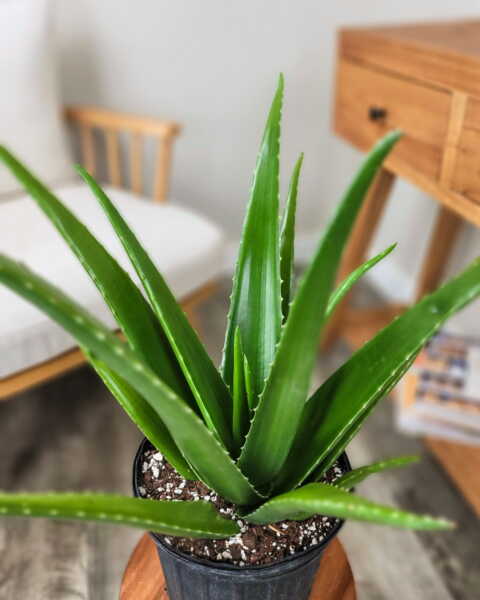
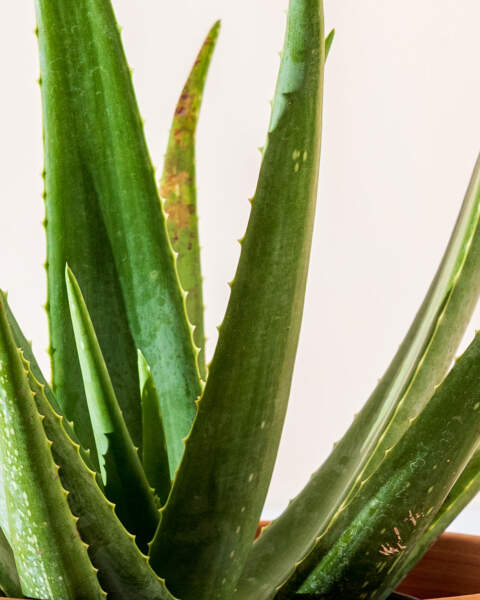
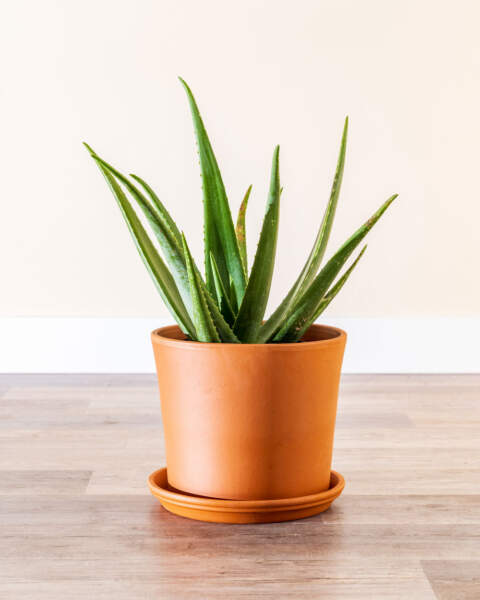
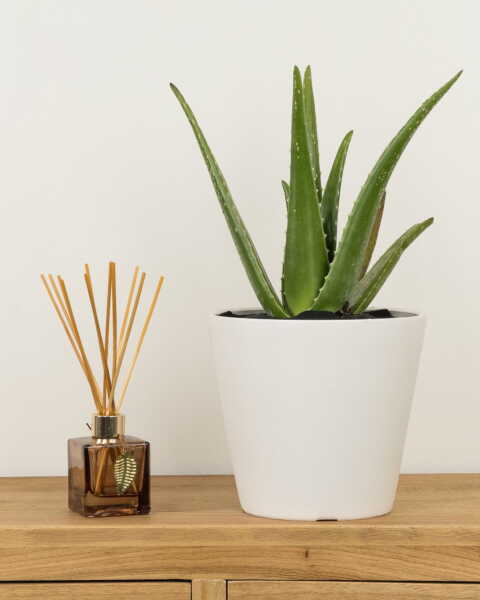

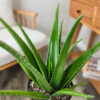
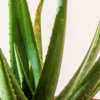
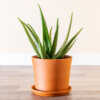
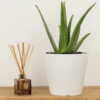
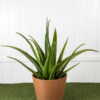






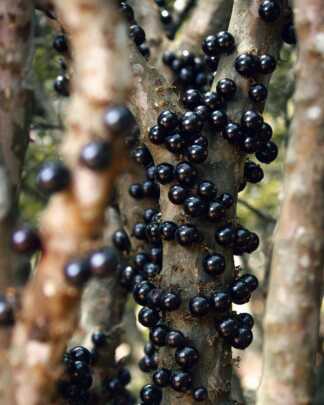
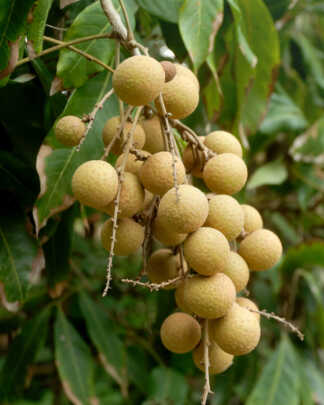

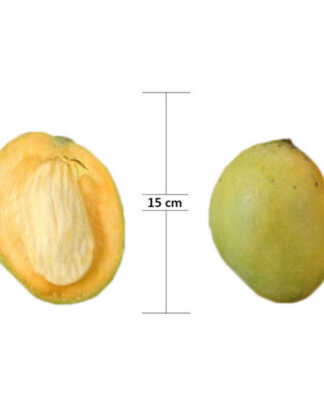
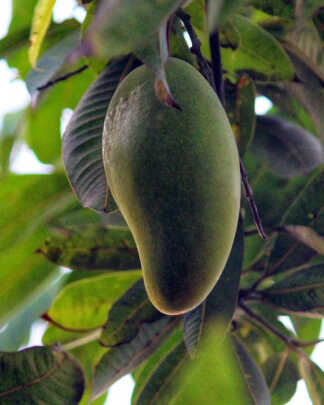

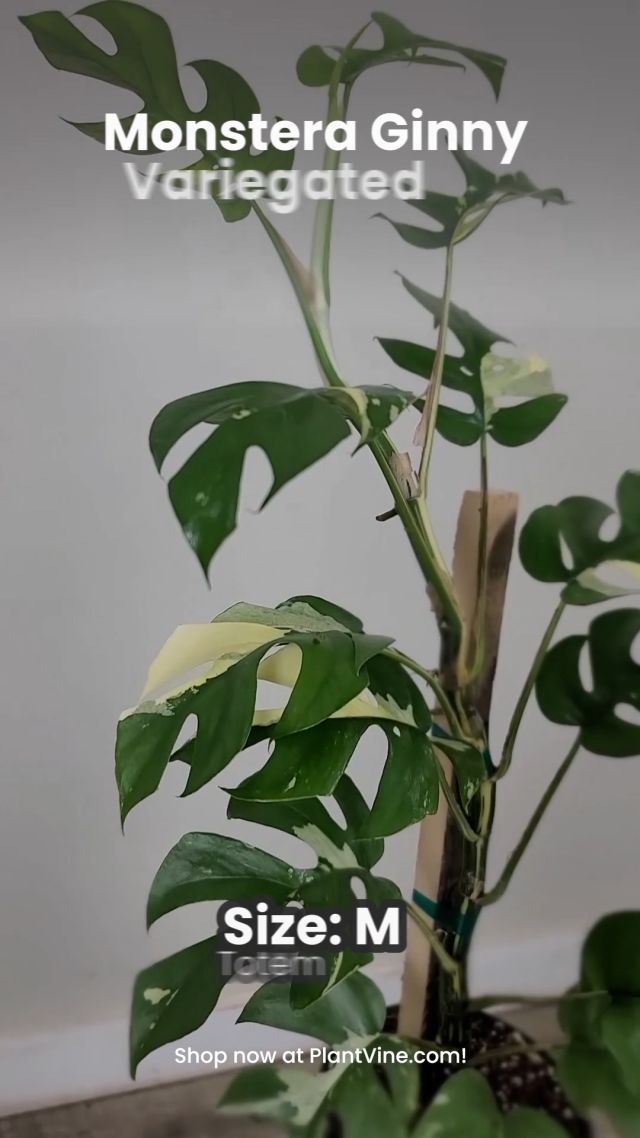


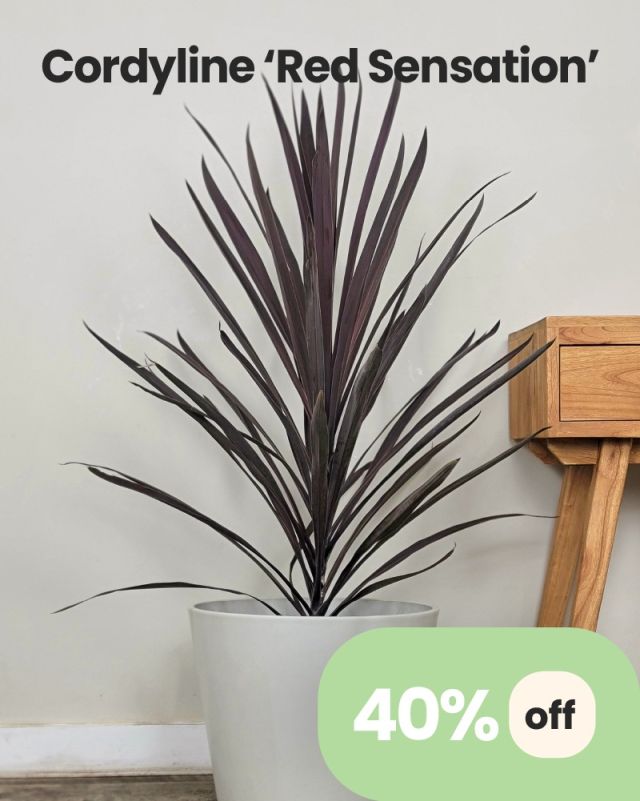
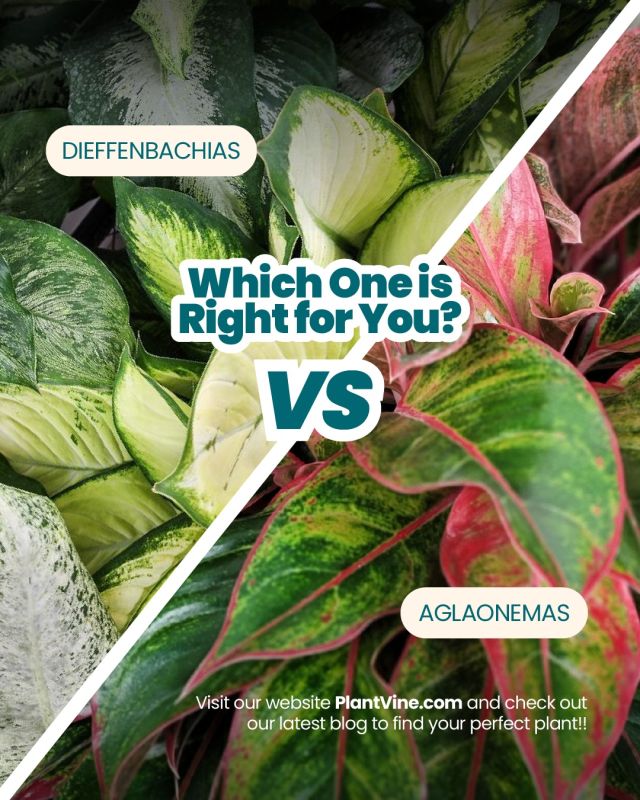

Erika W. (verified owner) –
This one came in with 3 leaves missing
Monique ❤️ (verified owner) –
Tatiana Lobb (verified owner) –
Came very well packed and in good condition.
Sharon (verified owner) –
Verified Buyer (verified owner) –
Soil was a bit too wet upon arrival.
Sharon Chism (verified owner) –
Toni Prekker (verified owner) –
Anonymous (verified owner) –
Emma (verified owner) –
Anonymous (verified owner) –
A couple branches came in broken
Joanne H. (verified owner) –
Annie Huston (verified owner) –
Thank you.
Mary Watson (verified owner) –
Staci S. (verified owner) –
Robert Grier (verified owner) –
Small over watered pale leaves
Michael D Vargas CCP (verified owner) –
beautiful love it
Jay (verified owner) –
Gonna buy from here again
Minka (verified owner) –
Kavita (verified owner) –
I read so many positive Reviews and gave it a chance ! , my plants have arrived and I can’t be more impressed with the service and happy with the quality of plants And the way it is delivered ! Will buy more !!! Thankyou PalntVine ! 🤩👍you guys rock !
Huda (verified owner) –
We love it, however it’s much smaller than I thought.
Sylvia Saab (verified owner) –
Rebecca (verified owner) –
Love it.
Myra Picazo (verified owner) –
Some of the stems were broken otherwise it was nice
Stacey S. (verified owner) –
My daughter and her roommate love their plant. They are at UVM. I got it to keep the air in their room clean. I thought I ordered a clay pot with it but maybe I’m mistaken. It came in great condition and within a few weeks. 😊
Robert (verified owner) –
Excellent
Amelia C. (verified owner) –
Michele (verified owner) –
Amazing plant! Way bigger that I expected! And it’s in great health. Shipping was very fast. I will visit and shop again with you!
John K. (verified owner) –
Beautiful and as pictured!
Danielle (verified owner) –
Velma C W. (verified owner) –
also in good condition 👌